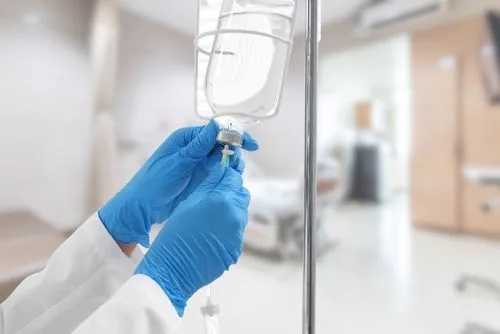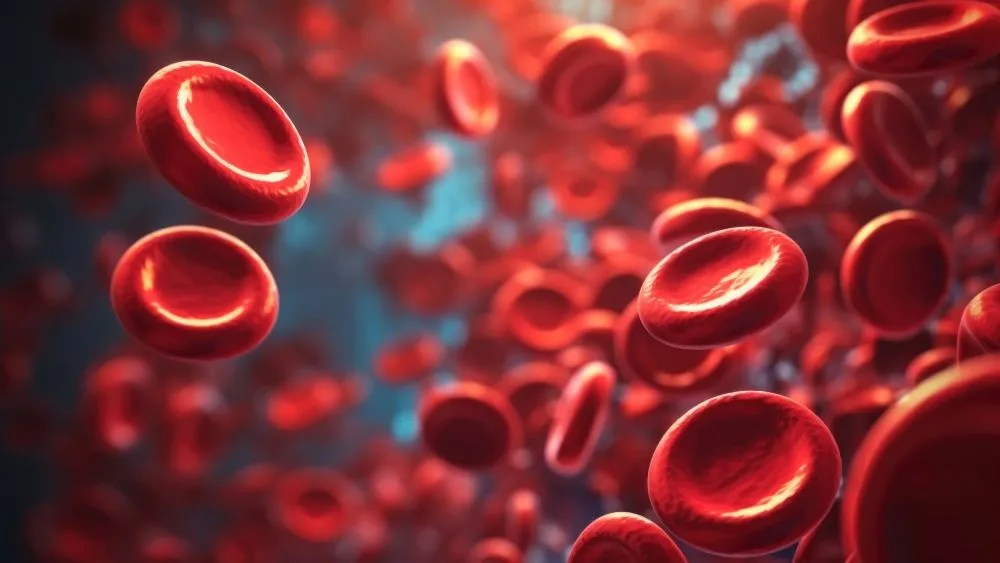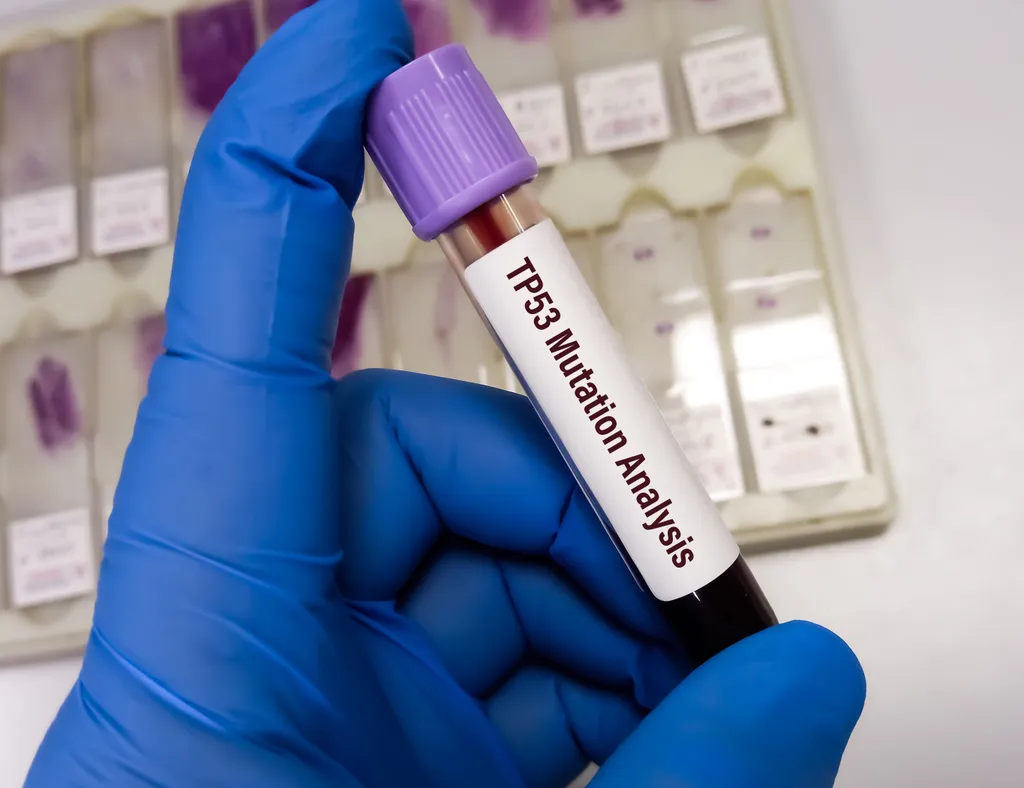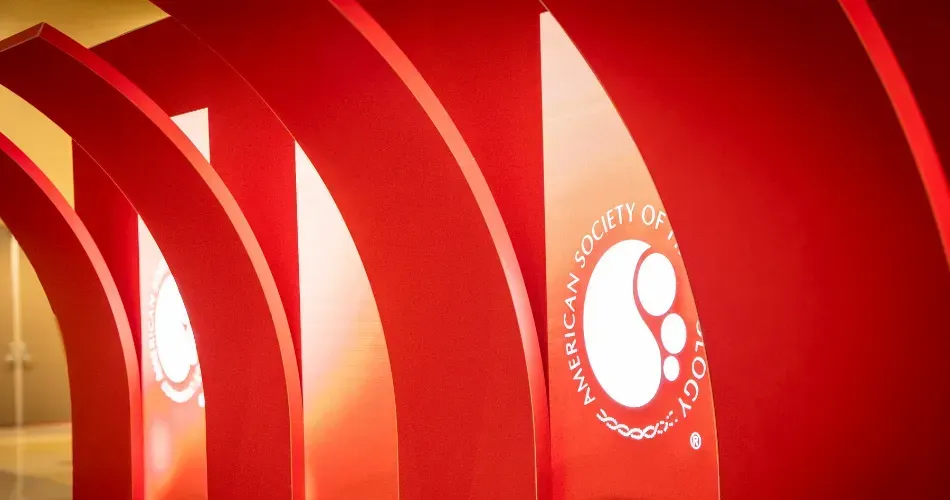ASH 2022: The Future is Now in MDS
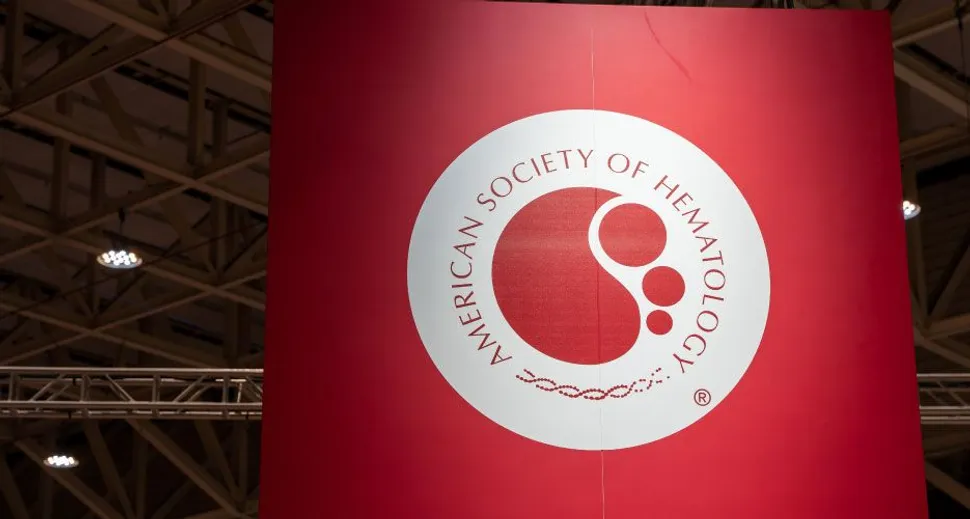
Dr. Joseph D. Khoury, MD, FCAP, University of Nebraska Medical Center presented The Future is Now in MDS at the 64th ASH Annual Meeting.
New Era for MDS
It’s a new era for the treatment of myelodysplastic syndromes, one where clinicians have the opportunity to customize care for every patient according to risk factors and other baseline features. As a result, the new therapeutic mandate has expanded beyond the use of conventional strategies to include the tailored use of erythroid maturation agents, fixed-dose combinations, newer targeted agents, and novel immune-based strategies. But, to expand to these new horizons, we must begin at the base of MDS: the diagnosis and classification.
New Proposal for Diagnostic Efficiency
MDS is challenging to diagnose. When a physician encounters a possible MDS diagnosis, they have to consider that the patient presenting symptoms may have low-grade MDS, high-grade MDS, AML or any other non-neoplastic cause of cytopenia.
Dr. Khoury presented an alternative proposal for MDS classification. In the current classification systems, some gaps such as nomenclature, the boundaries of MDS (particularly relative to CCUS and AML) must be re-evaluated, as well as including in the diagnosis the newer classifications of MDS regarding molecularly defined MDS types, and hypoplastic MDS. Dr. Khoury also suggested a realignment of the organization scheme.
There are benign causes for a low peripheral blood cell count, like nutritional deficiencies, and other non-neoplastic causes such as medications, viral infections, autoimmune diseases, toxin exposure, aplastic anemia and metabolic disorders. Dr. Khoury mentions the WHO classification for MDS and proposes an expanded version of the classification for premalignant clonal cytopenias and myelodysplastic syndromes.
Summary
The main changes proposed by Dr. Khoury for MDS classifications during his presentation are:
- Myelodysplastic syndromes renamed myelodysplastic neoplasms
- MDS genetic types updated to include MDS-5q, MDS-SF3B1 and MDSbiTP53
- Former MDS with NPM1 mutation or MECOM rearrangement defined as AML
- Hypoplastic MDS (MDS-h) is recognized as a distinct disease type
- MDS with low blasts (MDS-LB) is a new term that enhances clarity
- MDS with increased blasts (MDS-IB) is a new term that enhances clarity
- Terminology of childhood MDS types is updated
- Single-lineage versus multilineage dysplasia is optional
The new classification proposal is important as it will be helpful in selecting the most specific and targeted therapy for each patient, therefore improving the patient’s clinical outcome. This will be a big step forward toward personalized medicine.
References :
- https://www.nature.com/articles/s41375-022-01718-7#:~:text=The%20WHO%202022%20classification%20reorganize,MDS%2D5q)%20was%20unchanged.
- https://www.mll.com/en/the-new-who-classification-2022
- https://annualmeeting.hematology.org/live-stream/37816495/The-Future-is-Now-in-MDS-Guidance-on-Integrating-Innovative-Risk-Adapted-Therapeutic-Options-into-Patient-Management
- Khoury JD et al. The 5th edition of the World Health Organization Classification of Haematolymphoid Tumours: Myeloid and Histiocytic/Dendritic Neoplasms. Leukemia 2022.
Dr. Joseph D. Khoury, MD, FCAP, University of Nebraska Medical Center presented The Future is Now in MDS at the 64th ASH Annual Meeting.
New Era for MDS
It’s a new era for the treatment of myelodysplastic syndromes, one where clinicians have the opportunity to customize care for every patient according to risk factors and other baseline features. As a result, the new therapeutic mandate has expanded beyond the use of conventional strategies to include the tailored use of erythroid maturation agents, fixed-dose combinations, newer targeted agents, and novel immune-based strategies. But, to expand to these new horizons, we must begin at the base of MDS: the diagnosis and classification.
New Proposal for Diagnostic Efficiency
MDS is challenging to diagnose. When a physician encounters a possible MDS diagnosis, they have to consider that the patient presenting symptoms may have low-grade MDS, high-grade MDS, AML or any other non-neoplastic cause of cytopenia.
Dr. Khoury presented an alternative proposal for MDS classification. In the current classification systems, some gaps such as nomenclature, the boundaries of MDS (particularly relative to CCUS and AML) must be re-evaluated, as well as including in the diagnosis the newer classifications of MDS regarding molecularly defined MDS types, and hypoplastic MDS. Dr. Khoury also suggested a realignment of the organization scheme.
There are benign causes for a low peripheral blood cell count, like nutritional deficiencies, and other non-neoplastic causes such as medications, viral infections, autoimmune diseases, toxin exposure, aplastic anemia and metabolic disorders. Dr. Khoury mentions the WHO classification for MDS and proposes an expanded version of the classification for premalignant clonal cytopenias and myelodysplastic syndromes.
Summary
The main changes proposed by Dr. Khoury for MDS classifications during his presentation are:
- Myelodysplastic syndromes renamed myelodysplastic neoplasms
- MDS genetic types updated to include MDS-5q, MDS-SF3B1 and MDSbiTP53
- Former MDS with NPM1 mutation or MECOM rearrangement defined as AML
- Hypoplastic MDS (MDS-h) is recognized as a distinct disease type
- MDS with low blasts (MDS-LB) is a new term that enhances clarity
- MDS with increased blasts (MDS-IB) is a new term that enhances clarity
- Terminology of childhood MDS types is updated
- Single-lineage versus multilineage dysplasia is optional
The new classification proposal is important as it will be helpful in selecting the most specific and targeted therapy for each patient, therefore improving the patient’s clinical outcome. This will be a big step forward toward personalized medicine.
References :
- https://www.nature.com/articles/s41375-022-01718-7#:~:text=The%20WHO%202022%20classification%20reorganize,MDS%2D5q)%20was%20unchanged.
- https://www.mll.com/en/the-new-who-classification-2022
- https://annualmeeting.hematology.org/live-stream/37816495/The-Future-is-Now-in-MDS-Guidance-on-Integrating-Innovative-Risk-Adapted-Therapeutic-Options-into-Patient-Management
- Khoury JD et al. The 5th edition of the World Health Organization Classification of Haematolymphoid Tumours: Myeloid and Histiocytic/Dendritic Neoplasms. Leukemia 2022.

about the author
Jimena Vicencio
Jimena is an International Medical Graduate and a member of the HealthTree Writing team. She has a passion for languages and is currently learning Japanese. In her free time, she loves playing with her cats. Jimena is also pursuing a bachelor's degree in journalism.
More on Conferences
Trending Articles
Get the Latest Myelodysplastic Syndromes Updates, Delivered to You.
By subscribing to the HealthTree newsletter, you'll receive the latest research, treatment updates, and expert insights to help you navigate your health.
Together we care.
Together we cure.
3x Faster.

